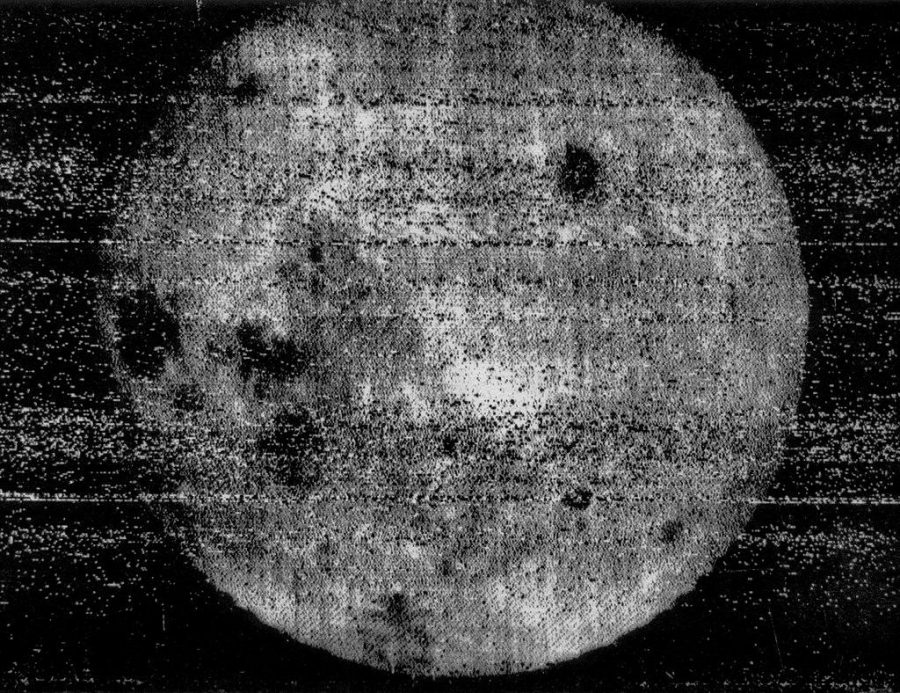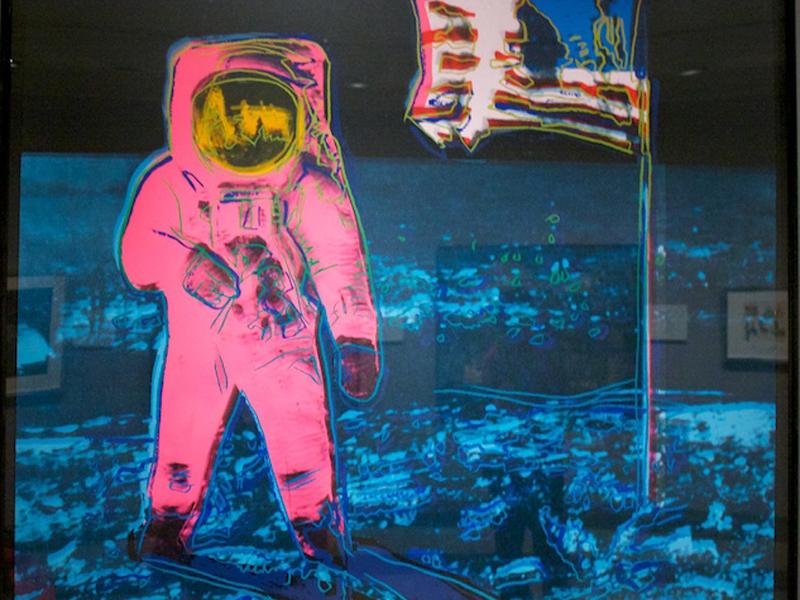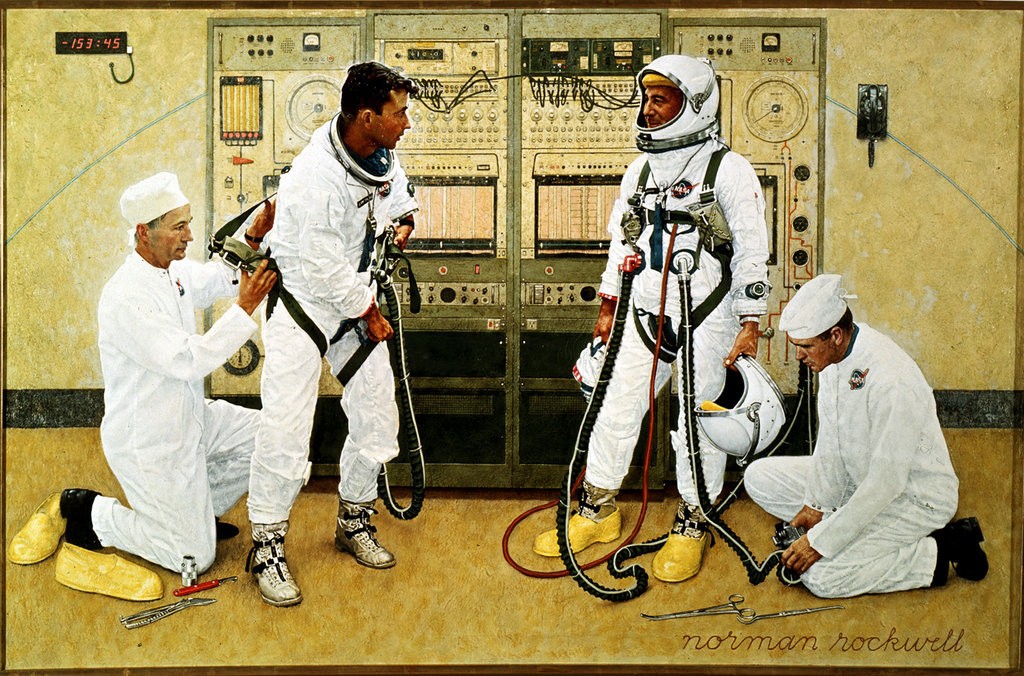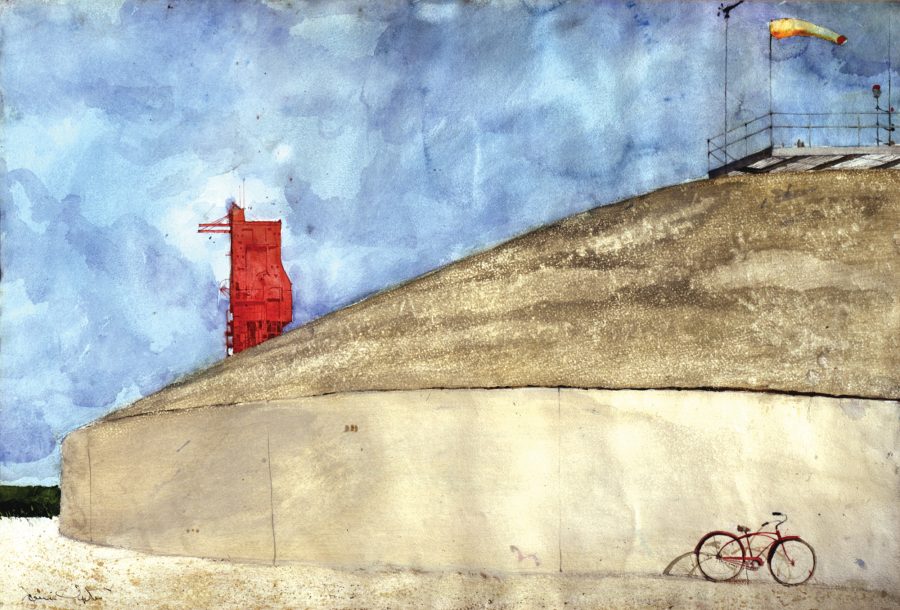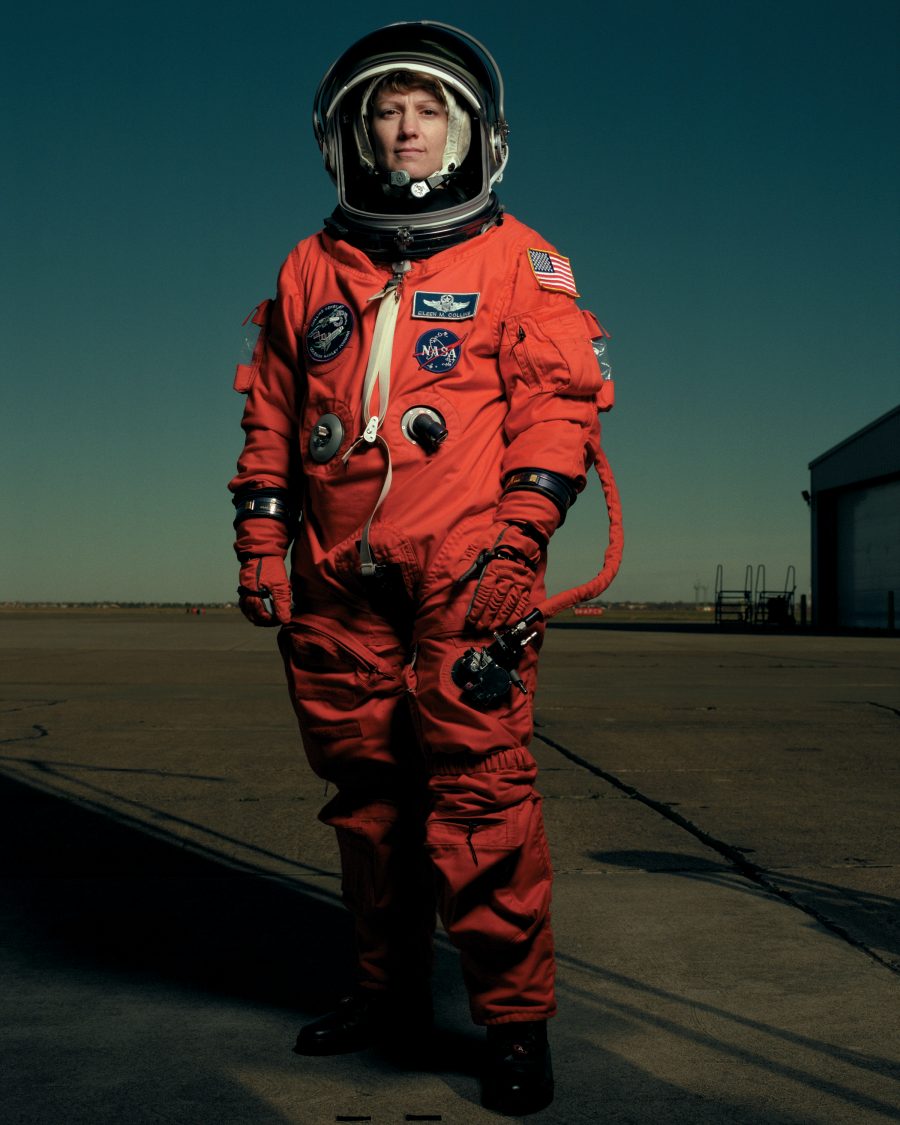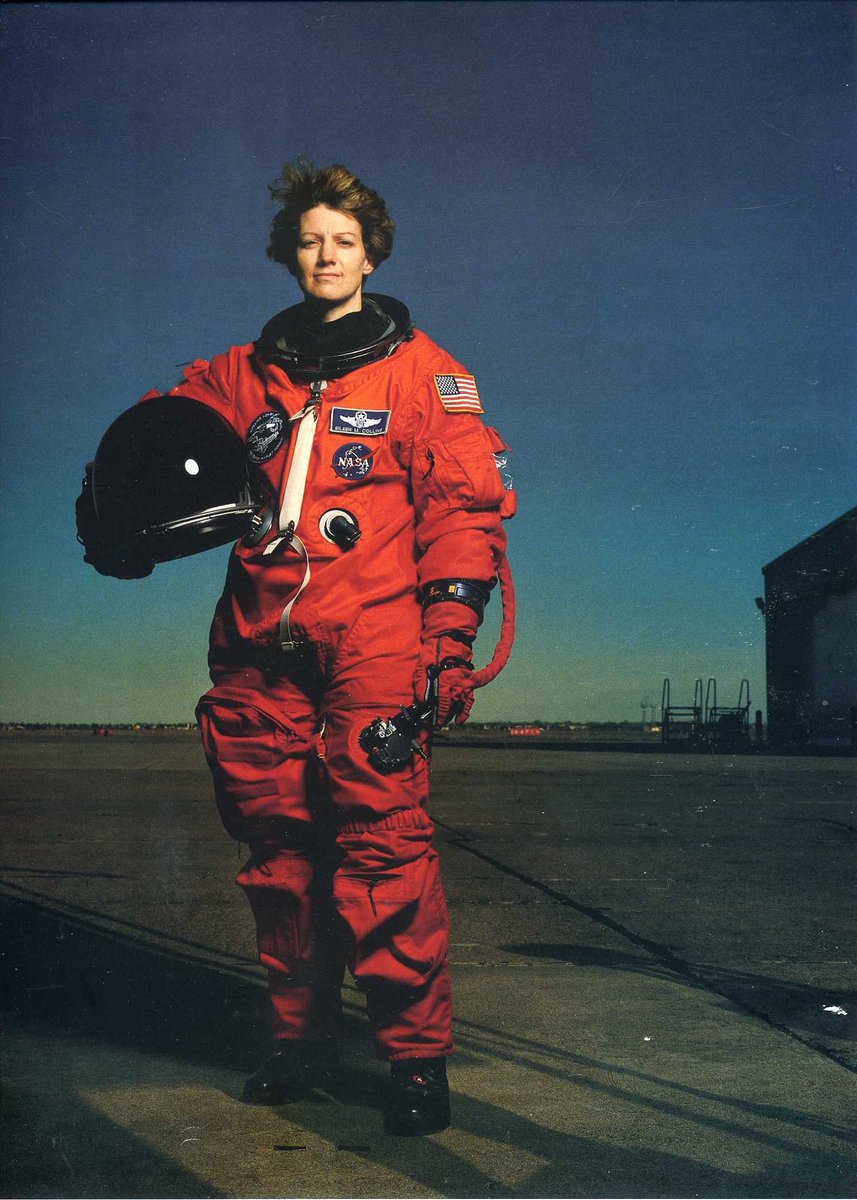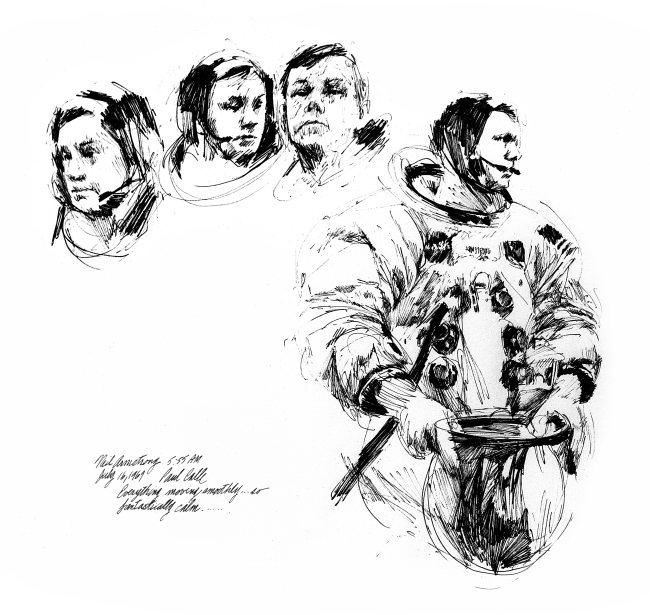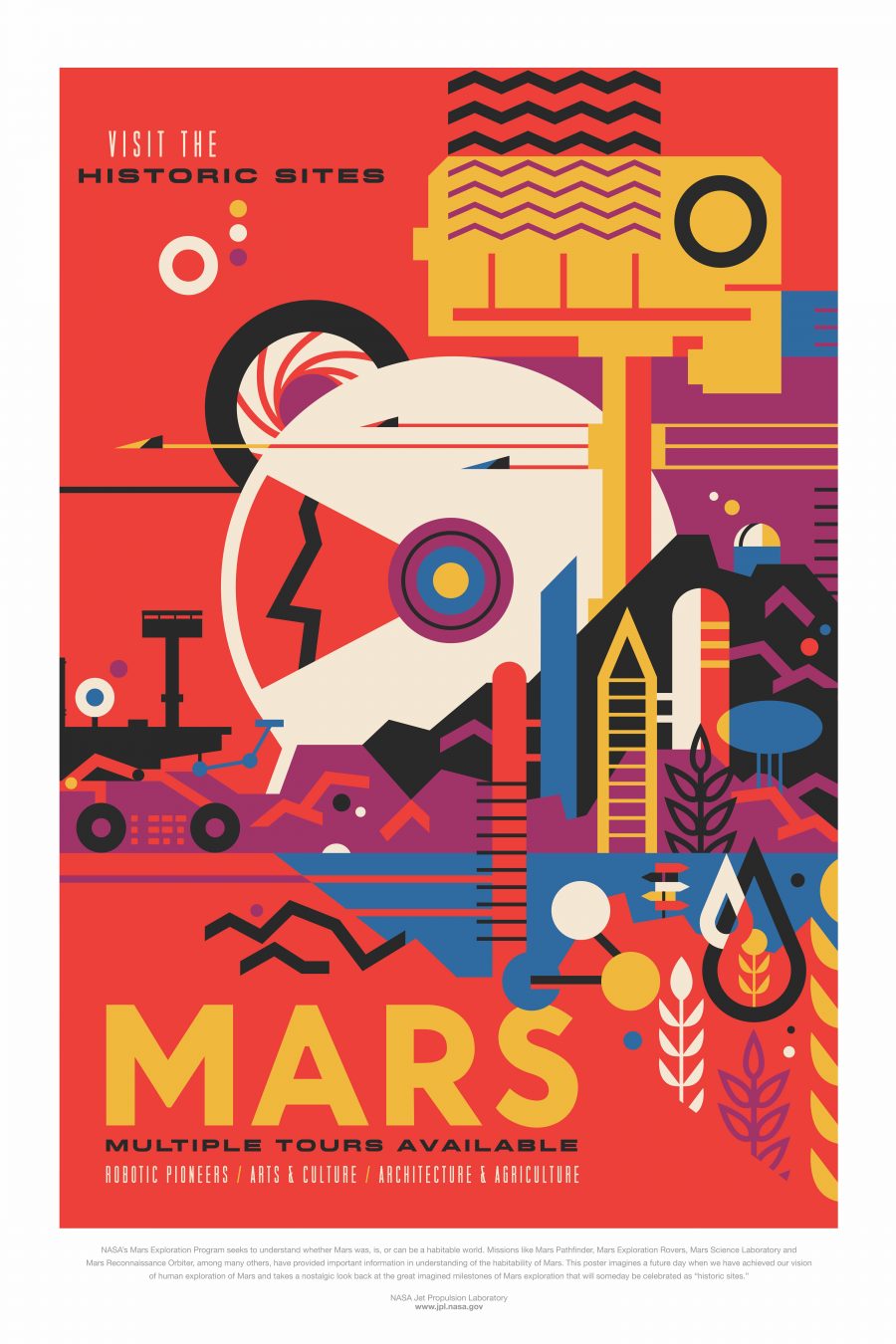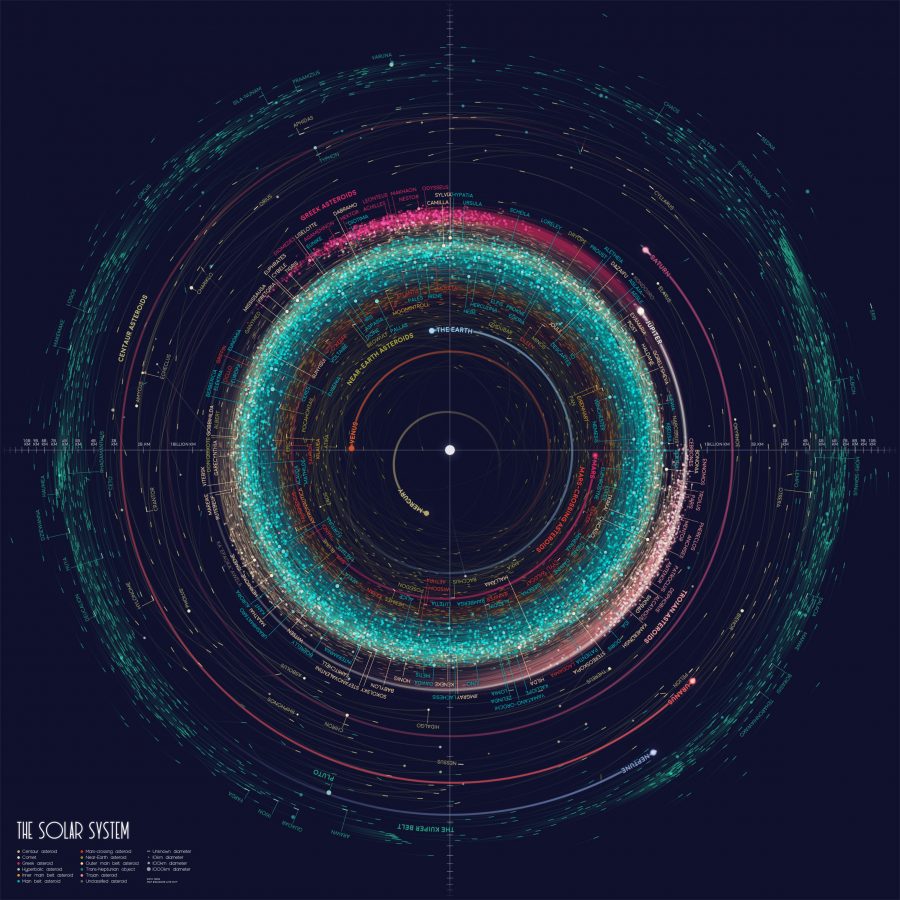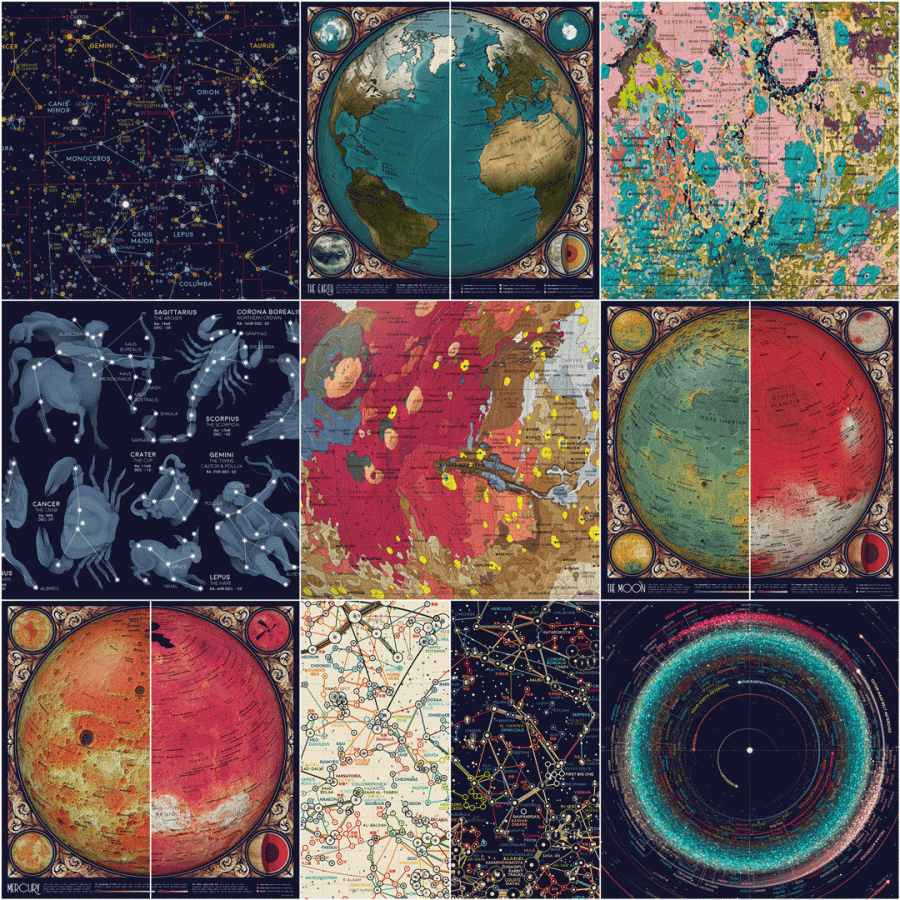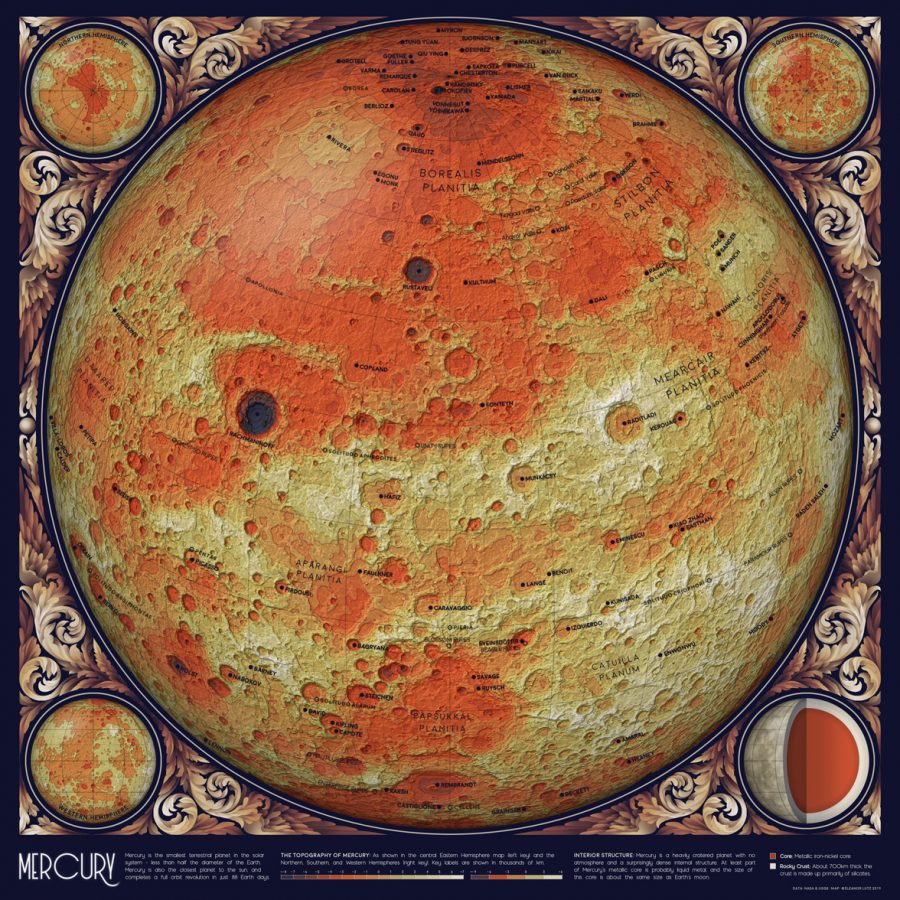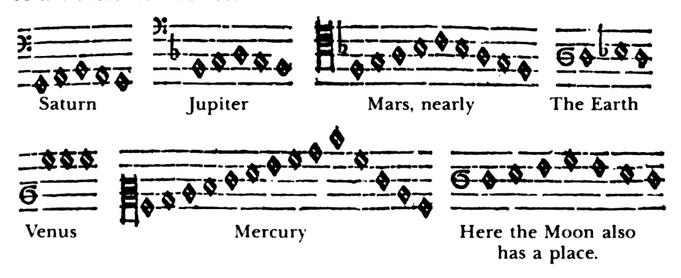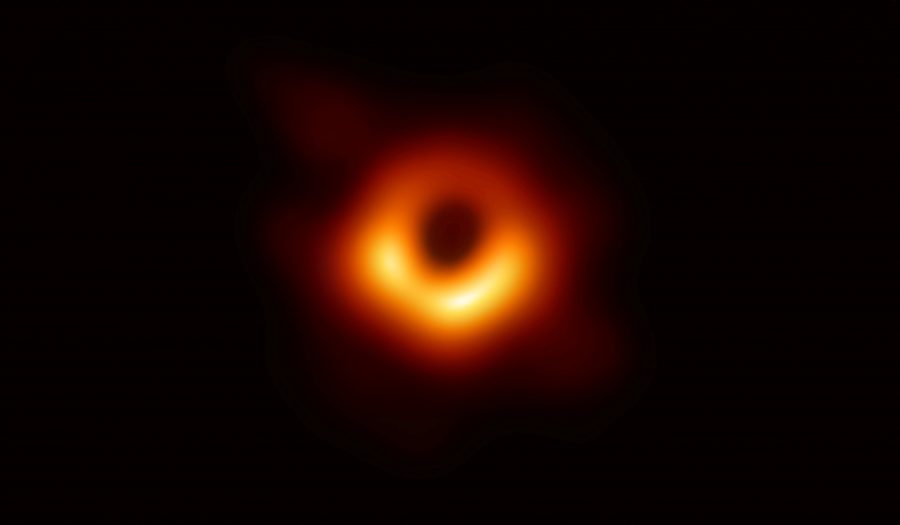Many of us have heard of Stephen Hawking but know him only as a symbol of a powerful mind dedicated for a lifetime to the thorniest problems in astrophysics. Even more of us have heard of black holes but know of them only as those dangerous things in sci-fi movies that suck in spaceships. But if we gain an understanding of Hawking’s work on black holes, however basic, we gain a much clearer view of both entities and what they mean to the human endeavor of grasping the workings of reality. What it all has to do with “one of the biggest paradoxes in the universe,” and why that paradox “threatens to unravel modern science,” provide the subject matter for the animated TED-Ed lesson above.
In order to explain what’s called the “Black Hole Information Paradox,” astrophysicist Fabio Pacucci must first explain “information,” which in this usage constitutes every part of the reality in which we live. “Typically, the information we talk about is visible to the naked eye,” he says. “This kind of information tells us that an apple is red, round, and shiny.” But what physicists care about is “quantum information,” which “refers to the quantum properties of all the particles that make up that apple, such as their position, velocity and spin.” The particles that make up every object of the universe have “unique quantum properties,” and the laws of physics as currently understood hold that “the total amount of quantum information in the universe must be conserved.”
Smash the apple into sauce, in other words, and you don’t create or destroy any quantum information, you just move it around. But in the parts of spacetime with gravity so strong that nothing can escape them, better known as black holes, that particular law of physics may not apply. “When an apple enters a black hole, it seems as though it leaves the universe, and all its quantum information becomes irretrievably lost,” says Pacucci. “However, this doesn’t immediately break the laws of physics. The information is out of sight, but it might still exist within the black hole’s mysterious void.”
Then we have Hawking Radiation, the eponymous genius’ contribution to the study of black holes, which shows that “black holes are gradually evaporating,” losing mass over “incredibly long periods of time” in such a way that suggests that “a black hole and all the quantum information it contains could be completely erased” in the process. What might go into the black hole as an apple’s information doesn’t come out looking like an apple’s information. Quantum information seems to be destroyed by black holes, yet everything else about quantum information tells us it can’t be destroyed: like any paradox, or contradiction between two known or probable truths, “the destruction of information would force us to rewrite some of our most fundamental scientific paradigms.”
But for a scientist in the Hawking mold, this difficulty just makes the chase for knowledge more interesting. Pacucci cites a few hypotheses: that “information actually is encoded in the escaping radiation, in some way we can’t yet understand,” that “the paradox is just a misunderstanding of how general relativity and quantum field theory interact, that “a solution to this and many other paradoxes will come naturally with a ‘unified theory of everything,’ ” and most boldly that, because “the 2D surface of an event horizon” — the inescapable edge of a black hole — “can store quantum information,” the boundary of the observable universe “is also a 2D surface encoded with information about real, 3D objects,” implying that “reality as we know it is just a holographic projection of that information.” Big if true, as they say, but as Hawking seems to have known, the truth about our reality is surely bigger than any of us can yet imagine.
via Brain Pickings
Related Content:
Stephen Hawking’s Lectures on Black Holes Now Fully Animated with Chalkboard Illustrations
Watch A Brief History of Time, Errol Morris’ Film About the Life & Work of Stephen Hawking
The Largest Black Holes in the Universe: A Visual Introduction
Watch a Star Get Devoured by a Supermassive Black Hole
Based in Seoul, Colin Marshall writes and broadcasts on cities, language, and culture. His projects include the book The Stateless City: a Walk through 21st-Century Los Angeles and the video series The City in Cinema. Follow him on Twitter at @colinmarshall or on Facebook.
